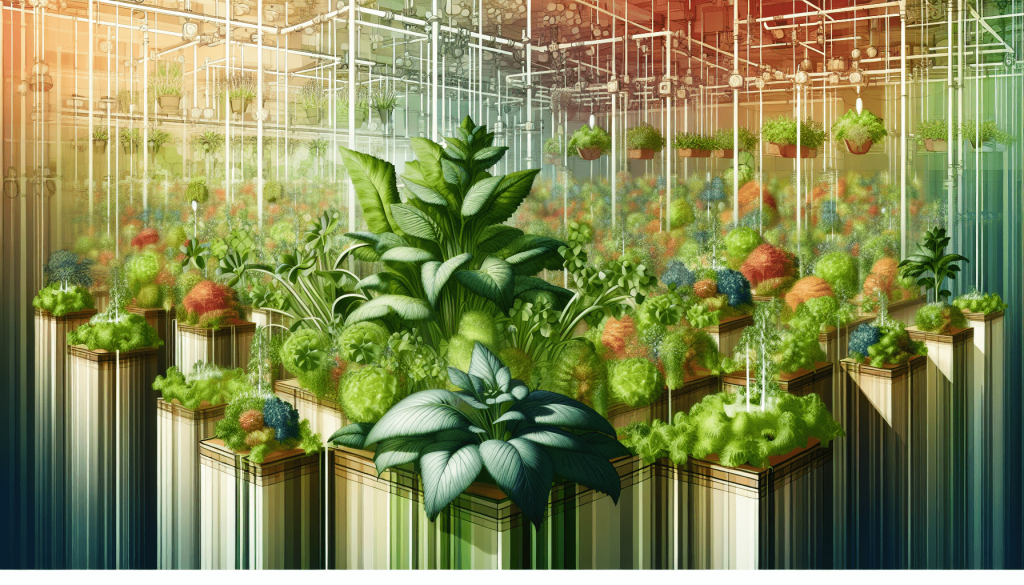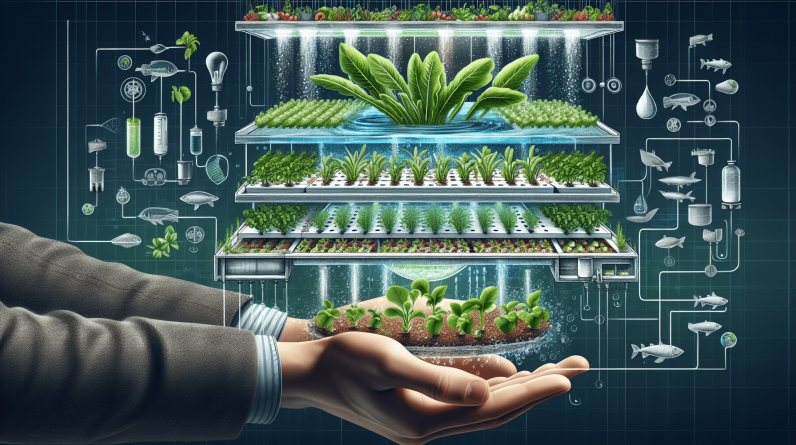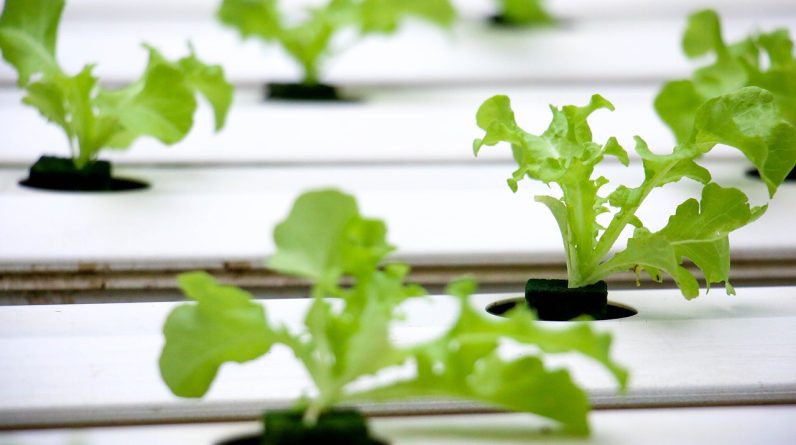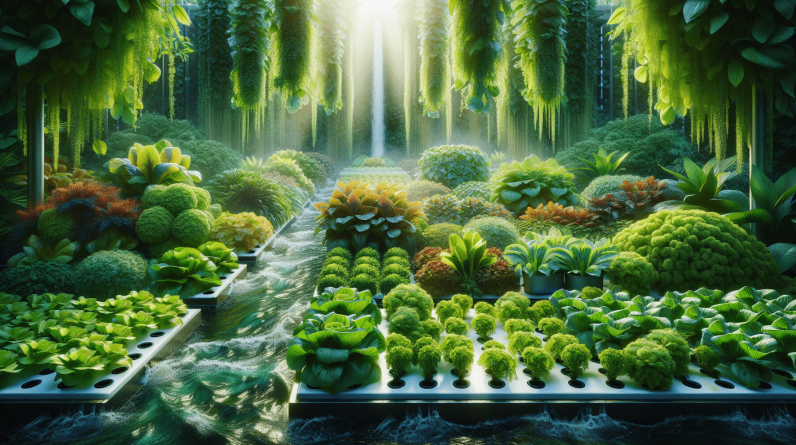
Maintaining your hydroponic growing system is key to ensuring healthy and thriving plants. In this article, we will share essential tips and tricks to help you keep your hydroponic system running smoothly. From monitoring nutrient levels to preventing diseases, our friendly guide will provide you with all the information you need to maintain a successful hydroponic setup. So grab your gardening gloves and get ready to discover the secrets to an optimal hydroponic growing system.
Maintaining pH Levels
Testing pH Levels Regularly
In order to ensure the optimal growth of your plants in a hydroponic system, it is crucial to regularly test and monitor the pH levels of your nutrient solution. pH refers to the acidity or alkalinity of a substance, and for most plants, a slightly acidic pH level between 5.5 and 6.5 is ideal. Testing kits specifically designed for hydroponics can help you accurately measure the pH levels of your nutrient solution.
Adjusting pH Levels as Needed
After testing the pH levels, it is important to make any necessary adjustments to maintain an optimal range. If the pH levels are too high (alkaline), you can lower it by adding a pH reducer solution or using an acidifying agent such as phosphoric acid. On the other hand, if the pH levels are too low (acidic), you can raise it by adding a pH increaser solution or using alkaline substances like potassium hydroxide.
Using pH Balancers
Maintaining a stable pH level is essential for the health and growth of your plants. To avoid constant adjustments, it is beneficial to use pH balancers or stabilizers. These products help to regulate and maintain the pH levels in your hydroponic system, ensuring optimal conditions for nutrient absorption by the plants.
Monitoring pH Fluctuations
In hydroponics, pH levels can fluctuate due to factors such as nutrient uptake, evaporation, or changes in water quality. It is important to regularly monitor the pH levels to identify any fluctuations. Keep a close eye on your plants and observe for any signs of nutrient deficiencies or nutrient toxicity, as these can indicate pH imbalances. Adjusting the pH levels promptly will help prevent any negative impact on your plants’ health and growth.
Nutrient Solution Management
Monitoring Nutrient Levels
One of the key aspects of hydroponic system maintenance is to monitor the nutrient levels in the solution. Nutrient solutions provide essential elements for plant growth, and maintaining proper concentrations is essential. Regularly testing the nutrient levels using a nutrient meter or testing kit will allow you to adjust the solution accordingly.
Checking for Nutrient Deficiencies
Plants in hydroponic systems are reliant on the nutrient solution provided to them. It is crucial to regularly check for signs of nutrient deficiencies, such as yellowing leaves, stunted growth, or nutrient-specific symptoms. By identifying nutrient deficiencies early on, you can adjust the nutrient solution to prevent further damage and ensure healthy plant growth.
Replacing and Replenishing Nutrient Solution
Over time, the nutrient solution can become depleted as plants absorb the essential elements. It is important to regularly replace and replenish the nutrient solution to meet the plants’ needs. Depending on the stage of growth, specific nutrient ratios may be required. Drain and replace the nutrient solution according to the manufacturer’s recommendations or based on the plants’ requirements.
Balancing Nutrient Concentrations
Maintaining a balanced nutrient concentration is crucial for the overall health and growth of your plants. The nutrient solution should provide the optimal amount of essential elements required for proper plant development. Regularly monitoring and adjusting the nutrient concentrations will help prevent nutrient deficiencies or toxicities. Follow the manufacturer’s guidelines or consult with a hydroponic expert to ensure the proper balance of nutrients in your system.
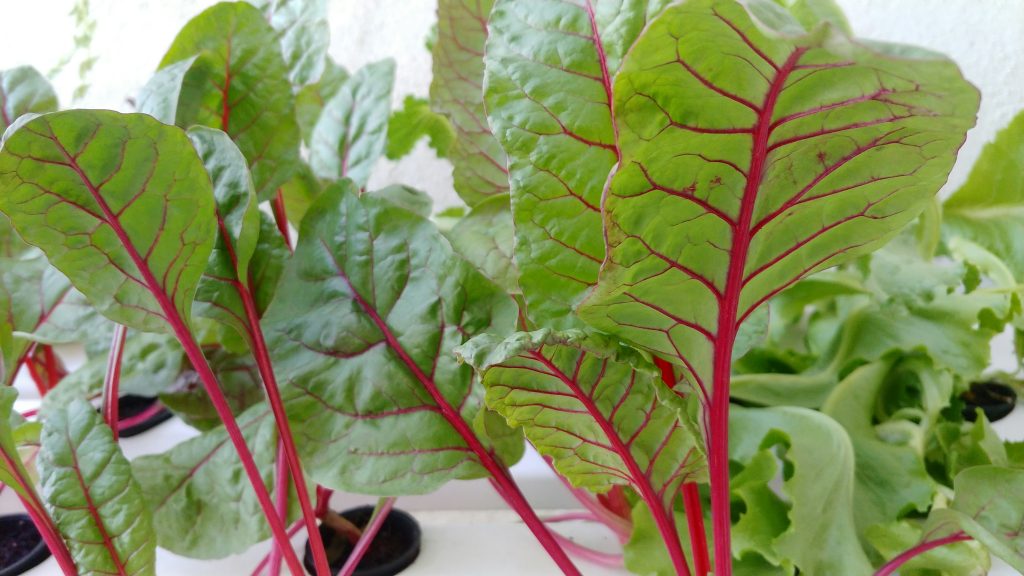
Water Quality Control
Filtering and Treating Water
To ensure the success of your hydroponic system, it is important to use clean and filtered water. Filtration systems such as reverse osmosis or activated carbon filters can help remove impurities, chlorine, and other contaminants from the water supply. Additionally, treating the water with a water conditioner or dechlorinator can remove chlorine and chloramine, which can be harmful to plants.
Testing Water for Purity
Regularly testing the water for purity is crucial to the health of your plants. Water quality can vary, and it is essential to monitor the levels of minerals, heavy metals, and other impurities that can affect plant growth. Water testing kits or professional laboratory services can provide accurate results and help you identify any water quality issues that need to be addressed.
Keeping Water Temperature Stable
Maintaining a stable water temperature is vital for the well-being of your plants. Most plants thrive in water temperatures between 65°F and 75°F (18°C and 24°C). Fluctuations in water temperature can stress the plants and affect their nutrient absorption. Using a water heater or chiller, depending on the circumstances, can help keep the water temperature within the optimal range.
Preventing Algae Growth in the Water
Algae growth in the water can be detrimental to both plant health and the overall cleanliness of the hydroponic system. Algae can compete with plants for nutrients and block the flow of water in the system. Ensure that light does not penetrate the water by using opaque containers or covering the reservoir with a light-proof material. Additionally, regularly inspect and clean any surfaces that come into contact with the water to prevent algae buildup.
Lighting Maintenance
Ensuring Proper Light Intensity
Light intensity is a crucial factor in the growth and development of plants in a hydroponic system. Different plants require different levels of light intensity, and it is important to provide them with the appropriate amount. Regularly measuring the light intensity using a light meter will help you ensure that your plants are receiving the correct amount of light for optimal growth.
Cleaning and Replacing Bulbs as Needed
Dust, dirt, and debris can accumulate on the surface of light bulbs, reducing their efficiency and affecting light distribution. Regularly cleaning the bulbs with a soft cloth or using a bulb cleaning kit will help maximize their lifespan and maintain their effectiveness. Old or worn-out bulbs should be replaced to ensure that your plants receive the necessary light spectrum for healthy growth.
Maintaining the Light Schedule
Plants in a hydroponic system rely on a consistent light schedule to regulate their growth and flowering cycles. It is important to establish and maintain a consistent light schedule that mimics the natural daylight hours for the specific plants you are growing. Using programmable timers or light controllers will help ensure that your plants receive the appropriate amount of light each day.
Using Light Meters for Accuracy
To provide the optimal light intensity for your plants, it is beneficial to use a light meter to measure the amount of light reaching your plants. Light meters can help you determine if your current lighting setup is meeting the plants’ requirements or if adjustments need to be made. By regularly measuring the light levels, you can ensure that your plants receive the right amount of light for their specific needs.
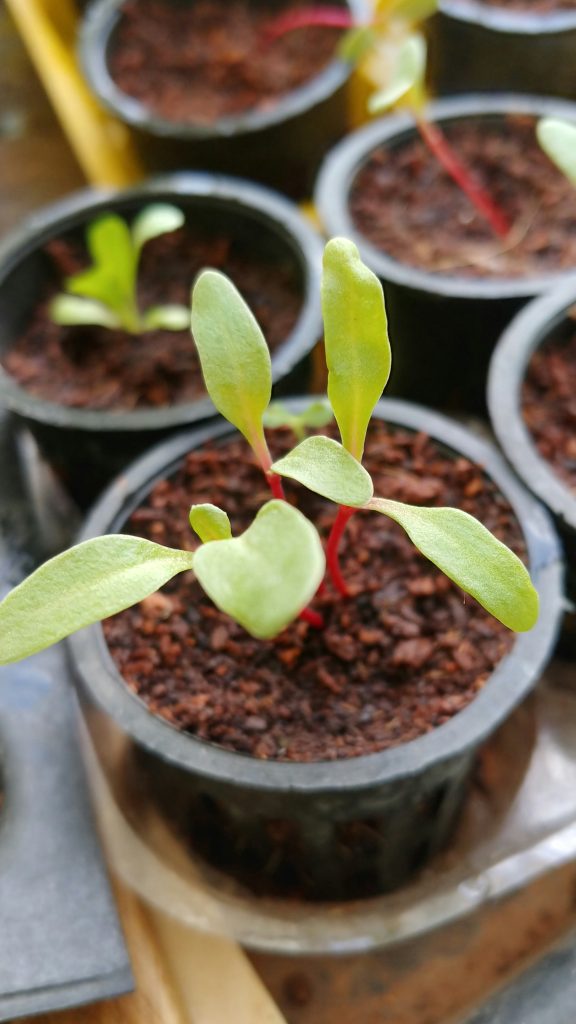
Air Circulation and Ventilation
Providing Adequate Air Circulation
Proper air circulation is essential in a hydroponic system as it helps prevent the buildup of stagnant air and allows for the exchange of gases. Adequate air circulation can be achieved by using oscillating fans or ventilation systems to circulate the air throughout the growing area. This helps supply fresh air to the plants, aids in transpiration, and reduces the risk of mold or fungal growth.
Using Fans and Ventilation Systems
Fans and ventilation systems play a crucial role in maintaining optimal air quality and temperature in a hydroponic system. They help regulate humidity levels, prevent the buildup of excess heat, and provide a continuous exchange of fresh air. Position fans strategically to ensure air movement reaches all areas of the garden, including underneath the plants’ foliage.
Monitoring Temperature and Humidity
Monitoring temperature and humidity levels is important for creating an optimal growing environment for your plants. Most plants thrive in temperatures between 70°F and 80°F (21°C and 27°C). Additionally, maintaining a humidity range between 40% and 60% is ideal. Regularly measuring temperature and humidity using a thermometer and hygrometer will help you make any necessary adjustments to ensure optimal growing conditions.
Preventing Excessive Heat or Condensation
Excessive heat or condensation in the hydroponic system can cause issues such as wilting, root rot, or the growth of mold and fungi. To prevent these problems, ensure proper air circulation, monitor and control temperature levels, and address any condensation buildup promptly. Implementing insulation or ventilation systems can help regulate the temperature and prevent excessive heat or condensation.
Monitoring Plant Health
Checking for Pests and Diseases
Regularly inspecting your plants for pests and diseases is crucial to maintain their health and prevent any potential outbreaks. Look for common signs such as insect damage, chewed leaves, discoloration, or the presence of pests. Early detection allows you to take immediate action and implement appropriate pest control measures.
Implementing Pest Control Measures
If pests are detected in your hydroponic system, it is important to address the issue promptly to prevent further damage to your plants. Choose pest control methods and products that are safe for use in hydroponics, such as insecticidal soaps, neem oil, or biological controls. Follow the manufacturer’s instructions and monitor the effectiveness of the treatment.
Regularly Inspecting Leaves and Roots
Regularly inspecting the leaves and roots of your plants is essential to identify any signs of stress or nutrient deficiencies. Look for discoloration, wilting, or any abnormalities in leaf shape or texture. Similarly, check the roots for any signs of discoloration, rot, or root-bound plants. Addressing any issues promptly will help maintain the overall health and vigor of your plants.
Treating Plant Issues Promptly
If any plant issues are identified, such as nutrient deficiencies, pest infestations, or diseases, it is important to take prompt action to prevent further damage or spreading. Adjusting the nutrient solution, implementing pest control measures, or using appropriate treatments for diseases can help restore the health of your plants. Regular monitoring and timely intervention are essential for successful plant growth.
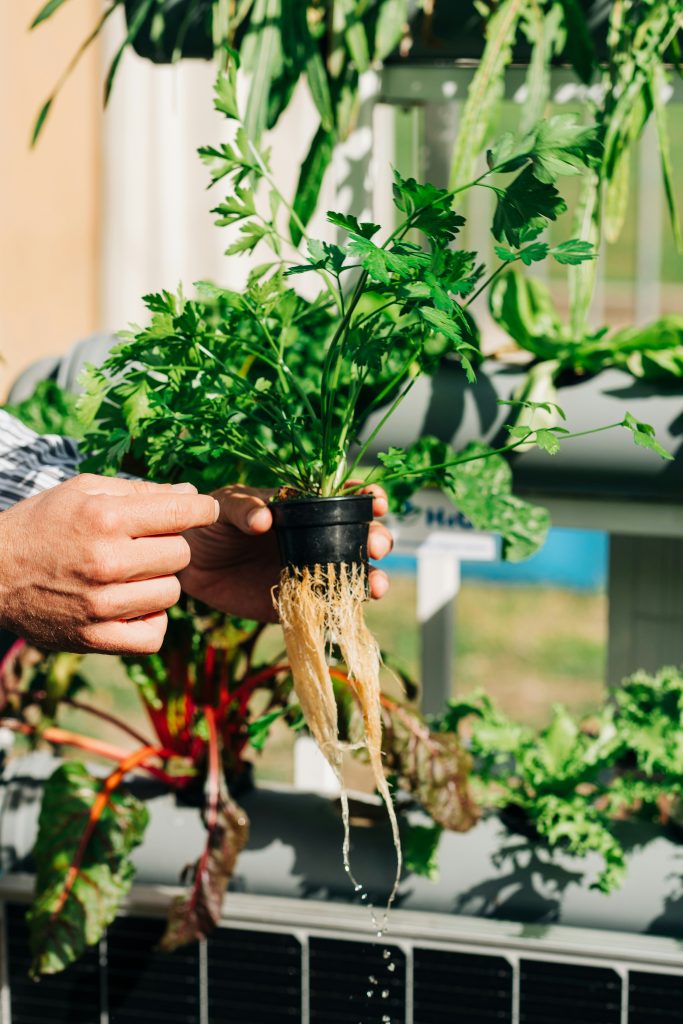
System Cleaning and Sanitization
Removing Debris and Plant Residue
Regularly removing debris and plant residue from your hydroponic system is crucial to prevent the buildup of organic matter that can lead to disease or clog the system. Clean out any dead leaves, roots, or debris from the growing containers, channels, or reservoirs. This will ensure proper water flow, nutrient uptake, and prevent potential pest or disease issues.
Sterilizing Equipment and Containers
Maintaining a clean and sanitary growing environment is essential for the success of your hydroponic system. Regularly sterilize equipment, growing containers, and any tools used in your system. This will help prevent the growth of harmful bacteria, fungi, or pathogens that can negatively affect your plants. Use sanitizing solutions or a diluted bleach solution for sterilization.
Preventing Algae and Fungal Growth
Algae and fungal growth in a hydroponic system can compete with plants for nutrients, block water flow, and create an unsightly appearance. Prevent algae and fungal growth by maintaining proper light levels, covering reservoirs to block light exposure, implementing sterilization practices, and regular system cleaning. Taking preventive measures will help ensure a clean and healthy growing environment.
Maintaining Cleanliness of Growing Area
Maintaining a clean and organized growing area is essential for the overall maintenance of your hydroponic system. Regularly clean the surrounding surfaces, floors, and shelves to prevent the buildup of debris, dust, or pests. By keeping your growing area clean and well-maintained, you minimize the risk of introducing contaminants or pathogens that could harm your plants.
Regular System Inspections
Checking for Leaks or Damages
Regularly inspecting your hydroponic system for leaks or damages is important to prevent potential issues and disruptions. Look for any signs of water leakage, cracks in the containers, broken seals, or damaged components. Promptly address any identified issues to maintain the proper functioning and integrity of your system.
Inspecting Pipes and Tubing
Inspecting the pipes and tubing in your hydroponic system is important to ensure the efficient flow of water, nutrients, and air. Check for any clogs, leaks, or blockages that may affect the overall performance of your system. Regularly clean or replace any damaged or worn-out pipes or tubing to maintain optimal functionality.
Ensuring Proper Functioning of Pumps
Pumps are essential components of a hydroponic system, as they help circulate the nutrient solution and provide aeration. Regularly check the pumps to ensure they are functioning properly and delivering the required flow rate. Clean or replace any clogged or malfunctioning pumps to maintain optimal nutrient circulation in your system.
Monitoring Water Flow
Monitoring the water flow in your hydroponic system is crucial to ensure that all plants receive adequate water and nutrients. Observe the flow rate in the channels, growing containers, or any other system components to identify any irregularities or blockages. Adjust or repair the system as needed to maintain optimal water flow, ensuring healthy and thriving plants.
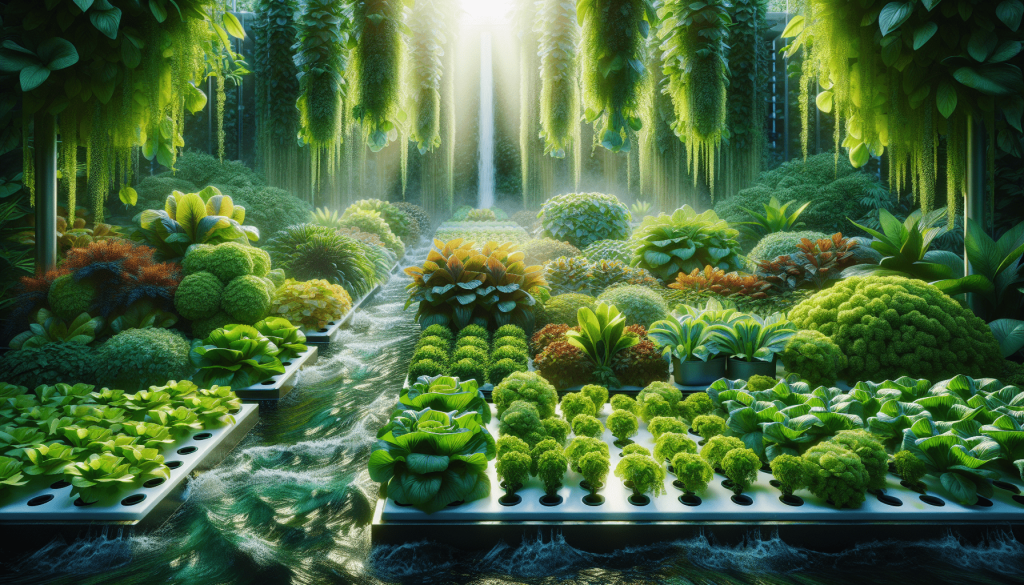
Timely Harvesting and Pruning
Harvesting Plants at Optimal Times
Knowing when to harvest your plants is essential for achieving the best possible yield and flavor. Different plants have different optimal harvest times, and it is important to monitor their growth and development. Harvest when fruits or vegetables are fully ripe or when flowers are in full bloom. Follow specific harvesting guidelines for each plant variety to maximize their quality and taste.
Pruning to Maintain Plant Health
Regular pruning is an important practice in maintaining the health and vigor of your plants in a hydroponic system. Removing dead or diseased leaves, branches, or flowers helps redirect energy towards healthy growth. Pruning also promotes air circulation and prevents overcrowding, reducing the risk of pest or disease issues. Use clean and sterilized tools when pruning to prevent the spread of pathogens.
Preventing Overcrowding of Plants
Overcrowding in a hydroponic system can lead to competition between plants for resources, such as light, water, and nutrients. This can result in stunted growth, nutrient deficiencies, or the spread of diseases. Proper spacing between plants and regular thinning to remove excess seedlings will help prevent overcrowding and ensure optimal conditions for healthy plant growth.
Promoting Proper Plant Growth
To promote healthy and balanced growth, it is important to provide support structures for plants that require it, such as trellises or stakes. This helps prevent plants from bending or breaking under their own weight and ensures proper development. Additionally, regularly monitor and adjust plant height by adjusting the light source or using height-adjustable systems to maintain optimal plant growth.
Documentation and Record-Keeping
Maintaining Growth Records
Keeping detailed records of your hydroponic system’s growth progress can provide valuable insights and help identify patterns or trends. Record important information such as plant varieties, planting dates, growth rates, and any notable observations. This documentation can serve as a reference for future crops, enabling you to make informed decisions and improve overall system performance.
Tracking Nutrient and pH Adjustments
Tracking and documenting any adjustments made to the nutrient solution and pH levels is essential for maintaining a stable and balanced hydroponic system. By recording the quantity and timing of any changes, you can better understand the impact on plant growth and identify any necessary adjustments for future cycles. This record-keeping helps ensure consistency and optimization of nutrient delivery.
Keeping a Log of Pest and Disease Incidents
Monitoring and documenting any pest or disease incidents in your hydroponic system is crucial for effective pest management. Keep track of the pests or diseases encountered, their severity, and the measures taken for control. This log will help you identify recurring issues and develop targeted prevention or treatment strategies, enhancing the overall health and resilience of your plants.
Recording Harvest Dates and Yields
Recording the harvest dates and yields of your hydroponic crops is essential for both monitoring productivity and assessing the success of your system. Keep track of the quantity and quality of the harvested produce, noting any variations between different plant varieties or growth cycles. This information will help you evaluate the efficiency of your system and make informed decisions for future harvests.
By following these essential tips and tricks for hydroponic growing system maintenance, you can ensure the health and longevity of your plants. Regular testing and adjustment of pH levels, careful nutrient solution management, maintaining water quality, proper lighting maintenance, adequate air circulation, regular plant health monitoring, systematic cleaning and sanitization, frequent system inspections, timely harvesting and pruning, and documentation and record-keeping are key elements of successful hydroponic growing. With attention to these maintenance practices, you can enjoy bountiful and thriving plants in your hydroponic system.
